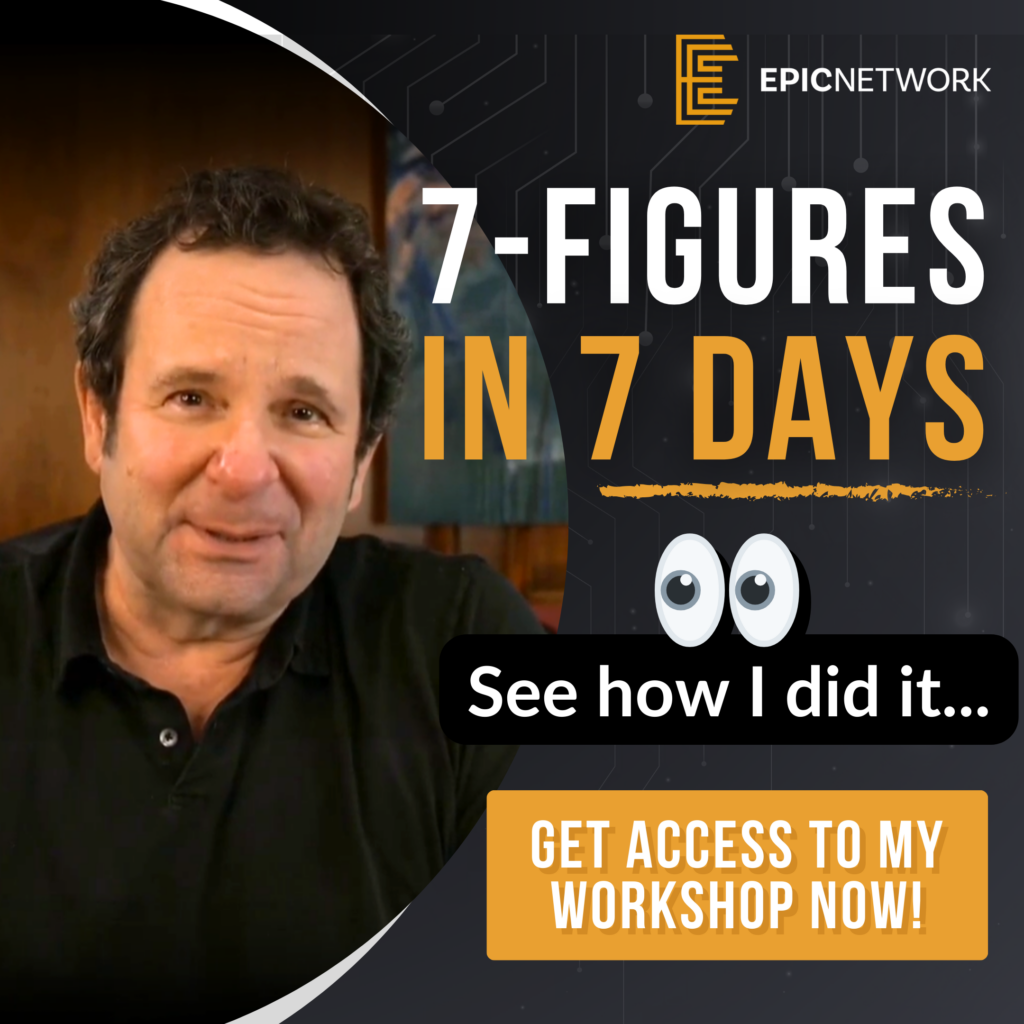
When it comes to structuring deals, the presentation of your offer can make or break the negotiation. Sending a blind Letter of Intent (LOI) without prior discussion is a rookie mistake. In this blog, we’ll explore the importance of live deal presentations, how to navigate objections, and why collaboration leads to smoother agreements.
Why Blind Offers Fall Short
Good dealmakers never send blind offers. It’s not about simply presenting numbers; it’s about creating a mutual understanding. Before delivering an LOI, engage with the seller—ideally in person or over a video call. This live interaction allows you to:
- Present the Offer Effectively: Walk through every deal point to ensure clarity and agreement.
- Address Objections in Real Time: Resolve hesitations immediately rather than allowing doubts to fester.
- Foster Collaboration: Build trust by working together to finalize the terms.
The Power of Live Deal Presentations
A live deal presentation ensures you and the seller are on the same page before any formal documentation is sent. Here’s how to approach it:
- Collaborative Discussion: Begin by sharing the proposed purchase price and key terms. For instance, “We’ve discussed challenges with X, which is why we’ve landed on a price of Y. Does that align with your expectations?”
- Iterative Adjustments: Allow room for negotiation. If the seller revises their stance on an item, adjust it live and revisit the terms to find middle ground.
- Confirmation: Once all points are addressed, confirm verbally: “Before I draft and send this, are we agreed on everything discussed here?”
This step-by-step approach reduces the likelihood of objections or last-minute cold feet.
Handling Objections and Flaky Sellers
Occasionally, sellers might backtrack after initially agreeing to terms. Here’s how to handle such situations:
- Revisit the Conversation: Remind them of prior agreements: “I’m concerned because you agreed to these terms during our previous discussions. What’s changed?”
- The Takeaway Close: If the seller remains indecisive, propose pausing negotiations: “Let’s put this on hold for now. Take some time to think it over, and we can revisit next month.”
This tactic can reframe the seller’s mindset, especially if they realize they might lose a serious buyer.
Benefits of Live Deal Presentations
- Clear Communication: Walking through the LOI line by line ensures mutual understanding.
- Stronger Commitment: Sellers are less likely to backtrack when they’ve verbally agreed to each term multiple times.
- Efficient Negotiations: Addressing objections upfront prevents prolonged delays.
Final Thoughts
Mastering deal presentations is about more than just numbers—it’s about building rapport and creating a shared vision for the agreement. By engaging in live discussions, you foster trust, eliminate misunderstandings, and increase the likelihood of closing the deal smoothly.
If you want to refine your negotiation skills and ensure your offers stand out, adopt this structured, collaborative approach to deal presentations. It’s a game-changer for any dealmaker. a branding approach that maximizes the rollup’s overall value.
Additional Business Acquisition Information Resources:
- How to Craft a Winning LOI
- Overcoming Objections in Business Deals
- The Takeaway Close: When to Walk Away
Ready to explore acquisition strategies that fit your needs?
Book a Free Strategy Session with the EPIC Network to discover customized solutions to support your success.









